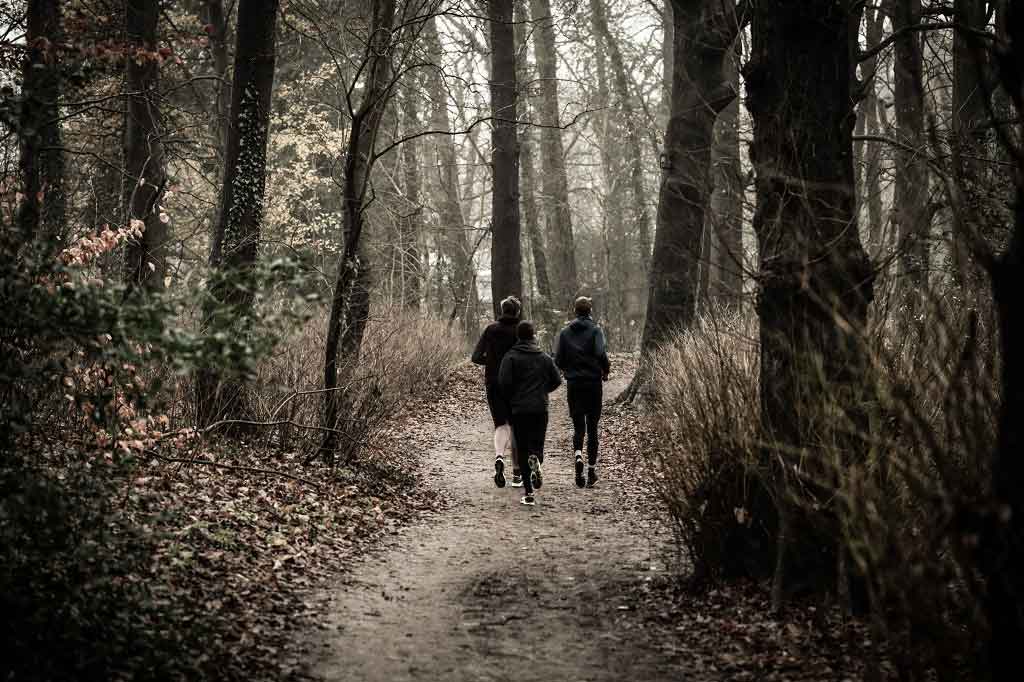Rise in number of unpaid carers and young carers
Older people
"Children are picking up the caring roles the state has abandoned," The Guardian says, while The Independent says that 180,000 children work as unpaid carers. These new figures come from the Office for National Statistics…
"Children are picking up the caring roles the state has abandoned," The Guardian says, while The Independent says that 180,000 children work as unpaid carers.
These new figures come from the Office for National Statistics, which has pulled together data on unpaid care in England and Wales from the 2011 census.
The census (which has been carried out every 10 years since the middle of the nineteenth century) reveals an increase in the proportion of the population who are providing unpaid care.
This has risen from 11.5% in 2001 to 11.9% in 2011 in women, and from 8.8% to 9% in men. There tend to be more female carers than male, with the highest burden of care falling on the 50-64 age group for both sexes.
A related report produced by the charity The Children’s Society – based on the same data – has highlighted the issue of children acting as unpaid carers.
The charity's report describes how the census data estimated that there are around 160,000 unpaid young carers in England. It goes on to explain that this is likely to be an underestimate.
What does the ONS find about the gender of carers?
Just over half (58%) of the 5.41 million people providing some level of unpaid care in England are female and 42% are male. This higher proportion of female carers is consistent across all regions. Female carers are representative of 11.9% of the total female population of England and Wales, and male carers are representative of 9% of the male population. Ten years ago these figures were 11.5% and 8.8%.
The level of care provided was most often between one and 19 hours a week. However, 2.9% of the female population and 2% of the male population provided 50 or more hours of care a week. In 2011 in England, 9.5% of the male working population and 13.3% of the female working population were also providing some level of unpaid care. In England, 1.2% of the female population and 1% of the male population were in full-time employment at the same time as providing 50 or more hours of unpaid care. If you are a working carer, read the NHS Choices advice on combining caring with working or studying.
The greatest burden of care nationally falls to 50–64-year-old women. However, for over-65s the proportion of male carers exceeds female carers. The authors of the ONS report suggest that this could be because women are more likely than men to leave work at an earlier age to provide unpaid care for family members, boosting their numbers in the 50-64 age bracket. People over the age of 65 have a higher prevalence of health problems or disability and men are just as likely as women to have to provide care for their spouse, they say.
What does the report find about carers' ages?
As mentioned, the share of unpaid care falls most heavily on people in the 50-64 age bracket – around a quarter of women (24%) and around 17% of men of this age group provide one or more hours of unpaid care a week. Of the population of England and Wales between the ages of 25 and 49, 13% of women and 8% of men provide care. Meanwhile, among the under-25s, 3% of women and 2% of men are providing unpaid care.
What is a young carer?
Young carers are children, teenagers or young adults who look after someone in their family who has an illness, a disability or a mental health problem. They may be taking on practical or emotional caring responsibilities that an adult would normally do.
This can be very challenging for young people also trying to juggle the demands of school or college as well as the day-to-day stresses of growing into adulthood. They should not be forced to care for someone unsupported and the local authority children’s services department should assess any young carers’ needs. Call Carers Direct on 0808 802 0202 for more information.
Read more information about help for young carers.
What does the report say about the health of carers?
The 2011 census asked people to rate their general health as either ‘very good’,‘good’, ‘fair’, ‘bad’ or ‘very bad’. Generally, the self-rated health of unpaid carers deteriorated with the amount of unpaid care that they provided. Compared with people providing no unpaid care, those providing 50 hours or more of unpaid care a week were two to three times more likely to report their general health as not good (that is, fair, bad or very bad). In England, 42% of females and 47% of males providing 50 or more hours of unpaid care a week rated their health as other than good (50% and 46%, respectively in Wales).
There was also an effect of age – the greatest impact upon general health appeared to be for young people up to the age of 25. Almost 8% of males under the age of 25 providing some level of care reported themselves to be in ‘not good health’ compared with 4% of males in this age group who weren’t carers. For females, the respective figure was more than 9%, compared with 4% of non-carer females in this age group.
The health of carers is a critical issue as any health crisis can be a problem not just for themselves, but can lead to a breakdown in care for the person they are looking after. For this reason, many local authorities and charities offer a caring emergencies scheme.
Conclusion
There is both a marked health difference and a socioeconomic difference between those who provide unpaid care and those who don’t, the ONS report finds.
Adults who provide 50 hours or more of unpaid care tend to have worse health outcomes and are less likely to be in employment.
Similarly, the The Children’s Society report found that children acting as unpaid carers tended to underperform at school and this can adversely affect their opportunities later in life.
A case could be made that unpaid carers are taking on an unfair burden and deserve more support and recognition for the services that they provide.






 Subscribe
Subscribe Ask the doctor
Ask the doctor Rate this article
Rate this article Find products
Find products








